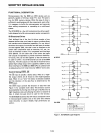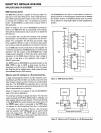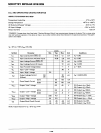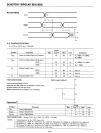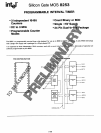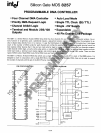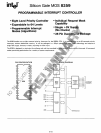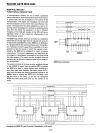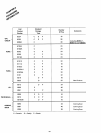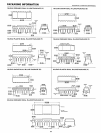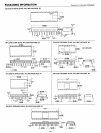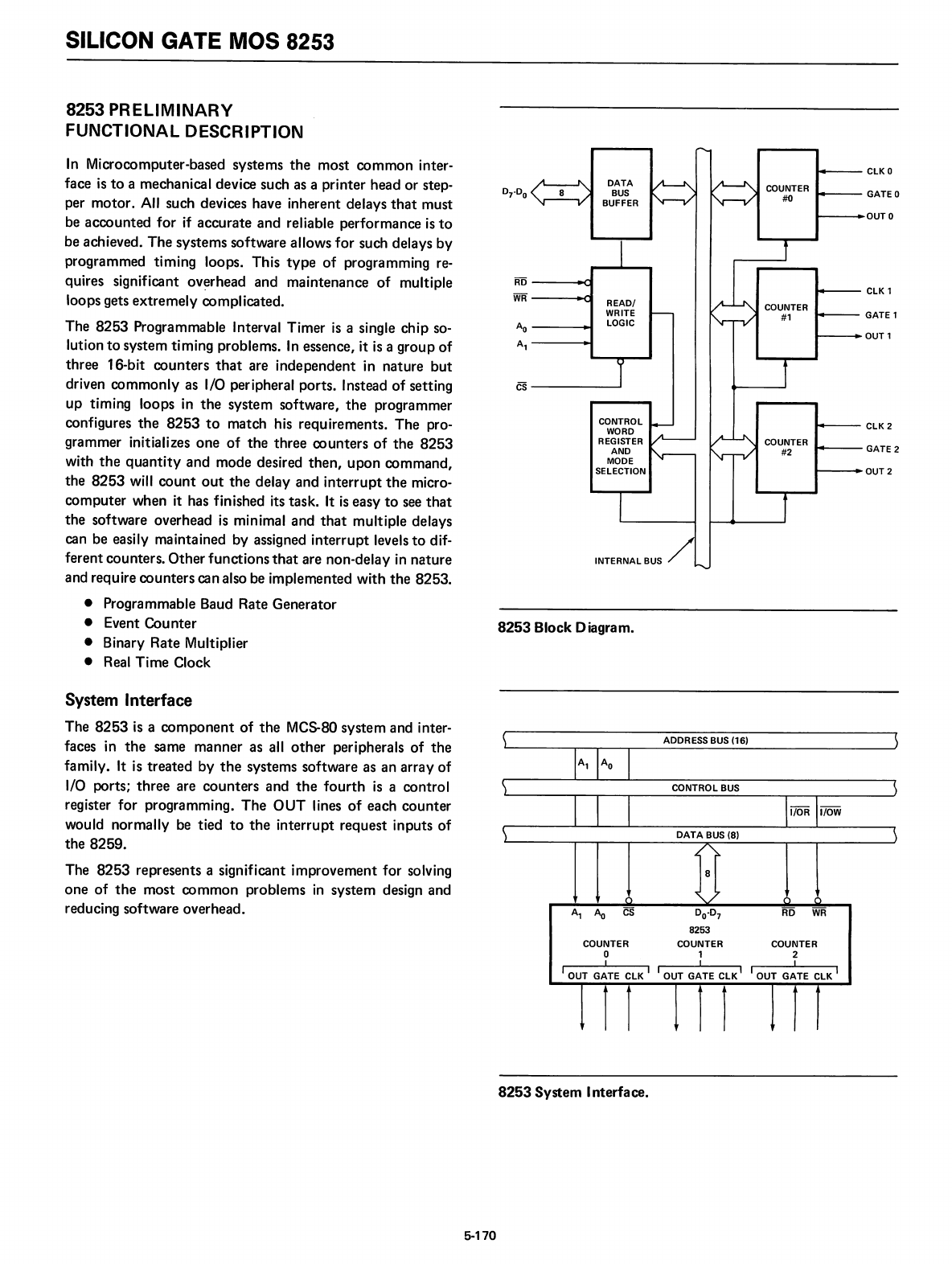
SILICON GATE MOS 8253
8253 PRELIMINARY
FUNCTIONAL DESCRIPTION
GATE 2
GATE 0
ClK
1
CLKO
CLK2
OUT2
OUT 1
GATE 1
COUNTER
#2
READ/
WRITE
lOGIC
DATA
BUS
BUFFER
INTERNALBUS
cs-------'
AD
--___.a
WR
-----+C11
8253 Block Diagram.
In
Microcomputer-based systems
the
most
common
inter-
face
is
to
a mechanical device such as a printer head or step-
per
motor.
All such devices have inherent delays
that
must
be
accounted
for
if accurate
and
reliable performance
is
to
be achieved. The systems software allows
for
such delays
by
programmed timing loops. This
type
of
programming re-
quires significant
ov~rhead
and maintenance
of
multiple
loops gets
extremely
complicated.
The
8253
Programmable Interval Timer
is
a single chip so-
lution
to
system timing problems.
In
essence, it
is
a
group
of
three
16-bit
counters
that
are
independent
in nature
but
driven
commonly
as I/O peripheral ports. Instead
of
setting
up timing loops in
the
system software,
the
programmer
configures
the
8253
to
match his requirements.
The
pro-
grammer initializes
one
of
the
three
counters
of
the
8253
with
the
quantity
and
mode desired
then,
upon
command,
the
8253
will
count
out
the
delay and
interrupt
the
micro-
computer when it has finished its task. It
is
easy
to
see
that
the
software overhead
is
minimal and
that
multiple delays
can be easily maintained by assigned
interrupt
levels
to
dif-
ferent counters. Other
functions
that
are non-delay
in
nature
and require
counters
can also be implemented with
the
8253.
• Programmable Baud Rate Generator
• Event
Counter
• Binary Rate Multiplier
• Real
Time
Clock
System Interface
The
8253
is
a
component
of
the
MC5-80 system and inter-
faces in
the
same manner as all
other
peripherals
of
the
family. It is
treated
by
the
systems software as an array
of
I/O ports;
three
are
counters
and
the
fourth
is
a control
register for programming.
The
OUT
lines
of
each
counter
would normally be tied
to
the
interrupt
request inputs
of
the
8259.
The
8253
represents a significant improvement for solving
one
of
the
most
common
problems
in
system design and
reducing software overhead.
ADDRESS
BUS
(16)
A
1
An
0
0
.0
7
8253
COUNTER COUNTER COUNTER
012
I I I
lOUT
GATE
ClK
I
lOUT
GATE
ClK
I
lOUT
GATE
ClK
I
8253 System Interface.
5
..
170



